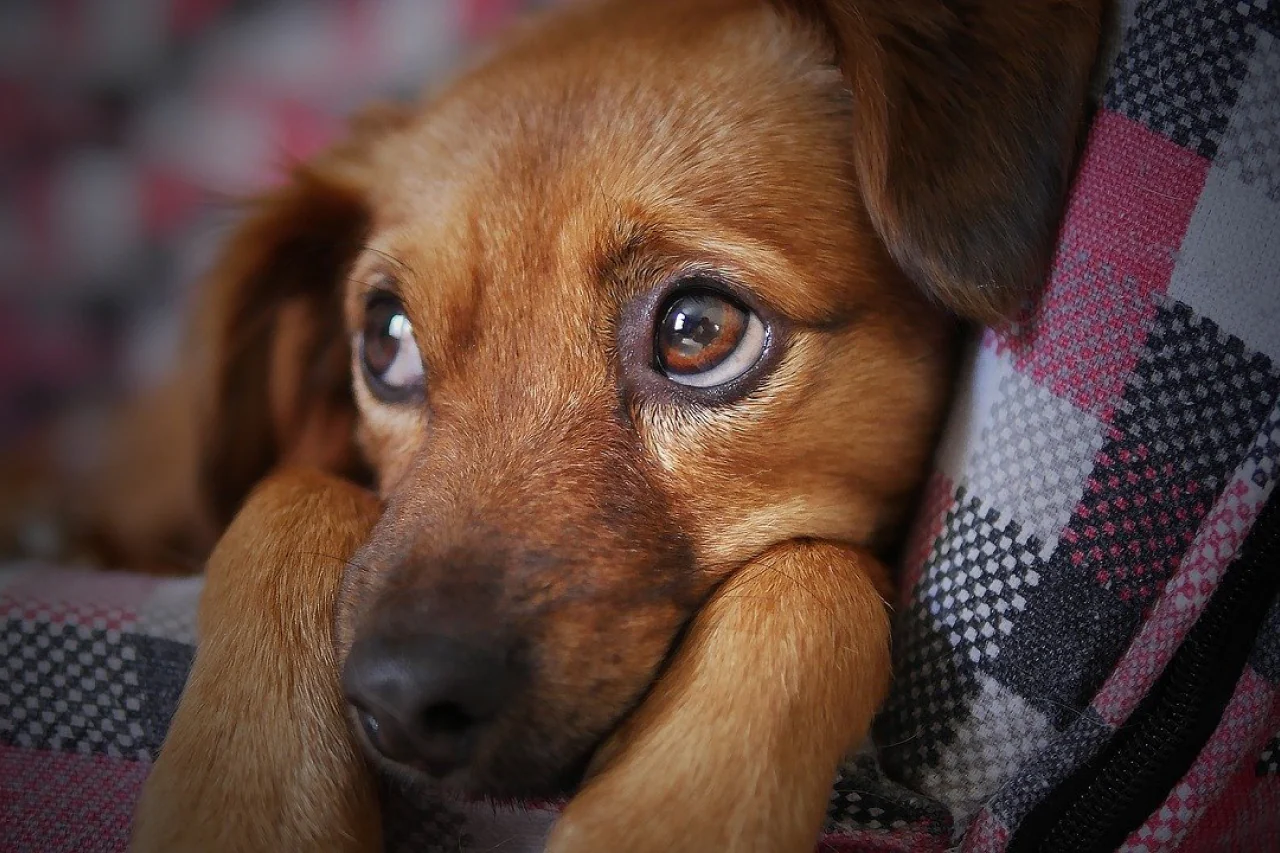Is Your Dog Stressed? Here’s What to Look For and How to Help
Stress in dogs can come from all kinds of things—some internal, some external. Unfortunately, many dogs deal with anxiety or overwhelm, but their behaviours are often brushed off as “just being naughty” or part of their personality. But here’s the thing: if we don’t address the root cause, those little quirks can grow into something more serious, like aggression. Let’s explore the signs that your pup might be stressed and, more importantly, how you can help them feel better.
Common Signs of Stress in Dogs
Panting (When It’s Not Hot)
We all know dogs pant to cool down after running around. But if your dog is panting heavily and hasn’t been exercising, it could mean they’re feeling anxious. Stress panting usually looks like rapid, laboured breathing, often with their tongue out and mouth wide open. It might even sound louder or more forceful than usual. Sometimes, they’ll go back and forth between panting and normal breathing.
Shaking
Have you noticed your dog trembling or doing those big, full-body shakes? While shaking off after a swim or bath is normal, stress-related shaking happens for different reasons. Your dog might have a tucked tail, lowered eyes, or even try to avoid eye contact. Shaking can be subtle when they’re standing still or harder to spot if they’re moving.
Drooling, (More Than Usual)
A little drool is normal for many dogs, but excessive drooling—also called hypersalivation—can be a sign of stress. Your dog might have a slack jaw or a distant, glazed look. In some cases, the drool might even form puddles (ew, we know!) or leave their mouth wetter than usual.
Licking Everything
Does your dog seem to lick non-stop? If they’re licking you, other pets, furniture, or even themselves excessively, this could be “stress licking.” It’s a coping mechanism dogs use to calm themselves. You might notice them fixating on certain spots, like their paws or legs, or going into full-on licking frenzies.
Shedding Like Crazy
Stress can lead to hair loss. If your dog is shedding way more than normal—so much that they’re developing bald spots—they might be overwhelmed. Sometimes, dogs over-groom specific areas, like their tail or neck, when they’re stressed.
Hiding
Does your dog seem to disappear when things get hectic? They might be seeking a safe, quiet place to escape from whatever is stressing them out. Dogs often hide under beds, in crates, or behind furniture to self-soothe.
Stress Panting vs. Heat Panting
Dogs pant for different reasons, and understanding the difference between stress panting and heat panting can help.
Stress Panting
Fast, shallow breaths paired with a tense, worried expression.
Restlessness or avoidance behaviour.
Doesn’t improve with cooling measures like fans or water.
Heat Panting
Open-mouthed, relaxed breathing after activity or in hot weather.
Slightly elevated heart rate but nothing extreme.
Improves with cooling—your dog might seek shade, water, or a fan.
Long-Term Stress Effects
Stress can lead to deeper issues if left unchecked.
PTSD in Dogs
Post-traumatic stress disorder isn’t just for humans. Dogs, especially working breeds like police or military K9s, can develop PTSD from traumatic experiences. This can make them either shut down completely or act out aggressively.
Desensitisation Therapy
If your dog has severe stress or PTSD-like symptoms, desensitization can help. This involves slowly introducing your dog to stress triggers at a low intensity and gradually increasing exposure. Think of it as baby steps. Always work with a professional trainer to ensure you’re not overwhelming your pup.
What’s Desensitisation Best For?
Some stress responses, like noise phobias or fear-based aggression, are well-suited for desensitization therapy:
Noise Phobias: Fear of loud sounds like fireworks or storms.
Fear-Based Aggression: Defensive reactions to perceived threats.
Hyper-Arousal: Over-excitability caused by overstimulation or lack of boundaries.
By creating positive associations, you can help your dog reframe these stress triggers. For example, a thunderstorm might mean scary noises, but it can also bring fun things like muddy puddles to play in or raindrops to catch.
Helping Your Dog De-Stress
Once you’ve figured out what’s stressing your dog, there are plenty of ways to help them relax:
Get Moving
Regular exercise is one of the best ways to relieve stress for dogs (and for us, too!). Activities like walking, running, or playing fetch help burn off nervous energy and release those feel-good endorphins.
Train with Love
Positive reinforcement is key. Rewarding good behaviour instead of punishing bad behaviour builds trust and confidence. Plus, it strengthens the bond between you and your pup, which helps them feel safe.
Try Calming Aids
Pheromone sprays, calming collars, or even anti-anxiety wraps can work wonders. These products mimic the comforting signals that mother dogs give to their puppies.
Massage It Out
Who doesn’t love a good massage? Dogs are no different. Gentle petting or a light massage can relax their muscles and calm their nerves. Physical touch is incredibly soothing for most dogs.
Holiday Tips for a Stress-Free Pup
Holidays like Christmas can be especially stressful for dogs with all the changes and new decorations. Here’s how to keep it calm:
Spread out decorating over a week or two to avoid overwhelming them.
Keep decorations away from your dog’s bed to preserve their safe space.
Stick to their routine as much as possible.
By understanding your dog’s stress signals and taking steps to ease their anxiety, you can help them live a happier, calmer life – and you can enjoy the holiday season worry-free!






